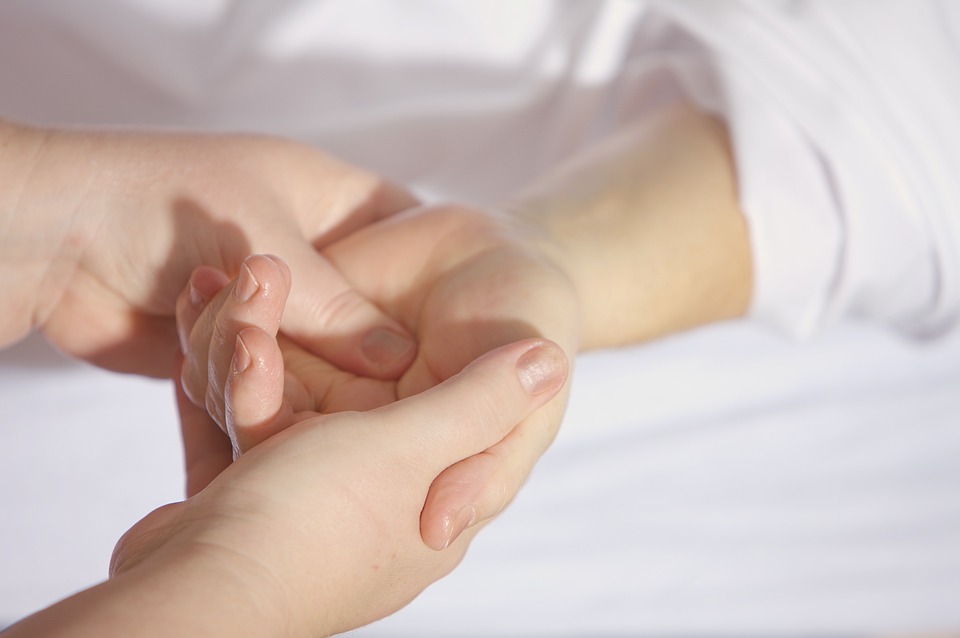Effective Physiotherapy Approaches for TMJ Dysfunction in 2024
Temporomandibular Joint (TMJ) dysfunction is a prevalent problem affecting a major variety of people at present. With the rising consciousness of bodily health and wellness, effective physiotherapy approaches have turn into crucial in managing and assuaging the symptoms associated with TMJ dysfunction. In this article, we will explore varied physiotherapy techniques, highlighting their benefits and the way they'll present relief to these affected by this situation.
Understanding TMJ Dysfunction
TMJ dysfunction refers to a broad range of disorders affecting the temporomandibular joint and the encompassing muscular tissues. Common symptoms embrace jaw pain, complications, difficulty chewing, and even ear discomfort. The causes can vary broadly, from arthritis and trauma to emphasize and teeth grinding. Understanding these components is essential for effective rehabilitation and recovery.
Why Choose Physiotherapy for TMJ Dysfunction?
Physiotherapy offers a variety of benefits for people dealing with TMJ dysfunction. Here are some explanation why this method is effective:
- Personalized treatment plans tailored to particular person symptoms. Non-invasive options that reduce the need for treatment or surgery. Education on proper jaw mechanics and ergonomics. Techniques to administer stress and scale back tension in jaw muscular tissues.
Assessment and Diagnosis
Effective physiotherapy begins with an intensive evaluation. Practitioners will conduct a complete analysis, which may include:
- Patient history and symptom discussions. Physical examinations to assess jaw motion and pain levels. Diagnostic imaging if necessary, corresponding to X-rays or MRIs.
The assessment guides the development of a focused treatment plan designed to deal with the unique needs of the affected person, whether they're in Amber, Sanganer, or other localities.
Manual Therapy Techniques
Manual therapy is a cornerstone of physiotherapy for TMJ dysfunction. This hands-on approach can embody:
- **Soft Tissue Mobilization:** Targeting muscle tissue across the jaw to alleviate pressure and enhance blood move. **Joint Mobilization:** Gentle actions of the TMJ to boost vary of movement and reduce stiffness. **Myofascial Release:** A technique aimed at relieving tightness in the fascia surrounding muscles.
These strategies can significantly alleviate discomfort and restore function in patients from Bagru to Chomu.
Exercise Therapy for TMJ Dysfunction
Exercise therapy is important in strengthening the jaw and neck muscles, enhancing total function. Common exercises include:
- **Jaw Exercises:** Gentle opening and shutting movements to improve flexibility. **Stretching Exercises:** Focusing on the neck and jaw muscles to alleviate pressure. **Strengthening Exercises:** Targeting the muscle tissue that support the jaw for higher stability.
Implementing these exercises can foster long-term relief and is especially helpful for these living in areas like Jamwa Ramgarh and Achrol.
Education and Lifestyle Adjustments
A profitable physiotherapy program encompasses schooling about TMJ dysfunction. Patients are taught:
- **Proper Jaw Mechanics:** Techniques for protected jaw actions throughout day by day activities. **Stress Management:** The significance of recognizing stress and using relaxation techniques to alleviate muscle tension. **Dietary Recommendations:** Soft meals options and chewing methods that reduce strain on the jaw.
Integrating these way of life adjustments is crucial, especially for residents of Vishwakarma Industrial Area and Mansarovar, balancing their busy lives with TMJ care.

Complementary Therapies
Many physiotherapy clinics supply complementary therapies to reinforce treatment outcomes. These might embrace:
- **Acupuncture:** To reduce pain and promote healing. **Heat and Cold Therapy:** To relieve swelling and improve circulation. **Electrical Stimulation:** To relieve pain and improve muscle function.
Patients in Jhotwara and Jagatpura can take pleasure in these adjunct therapies of their rehabilitation journey.
Monitoring Progress and Adjusting Treatment
A vital part of any physiotherapy treatment plan is ongoing assessment. Regular follow-ups enable physiotherapists to track progress, modify treatment plans, and handle any rising issues. Continuous engagement ensures that patients aren't solely recovering but also studying to manage their situation successfully.
Conclusion: Embrace Physiotherapy for TMJ Relief
In conclusion, physiotherapy presents a comprehensive and efficient method to managing TMJ dysfunction. https://telegra.ph/Physiotherapy-Services-in-Jaipur-for-Pain-Relief-How-Physiotherapy-Aids-in-Cerebral-Palsy-Treatment-Your-Road-to-Recovery-in-202-01-10 From manual therapy and exercise to way of life training and complementary treatments, a clinic's offerings can significantly enhance quality of life. If you’re experiencing TMJ issues, consider in search of help from a certified physiotherapist in your local area—whether it’s in Amber, Sanganer, or another neighborhood—to embark on your path to recovery!
